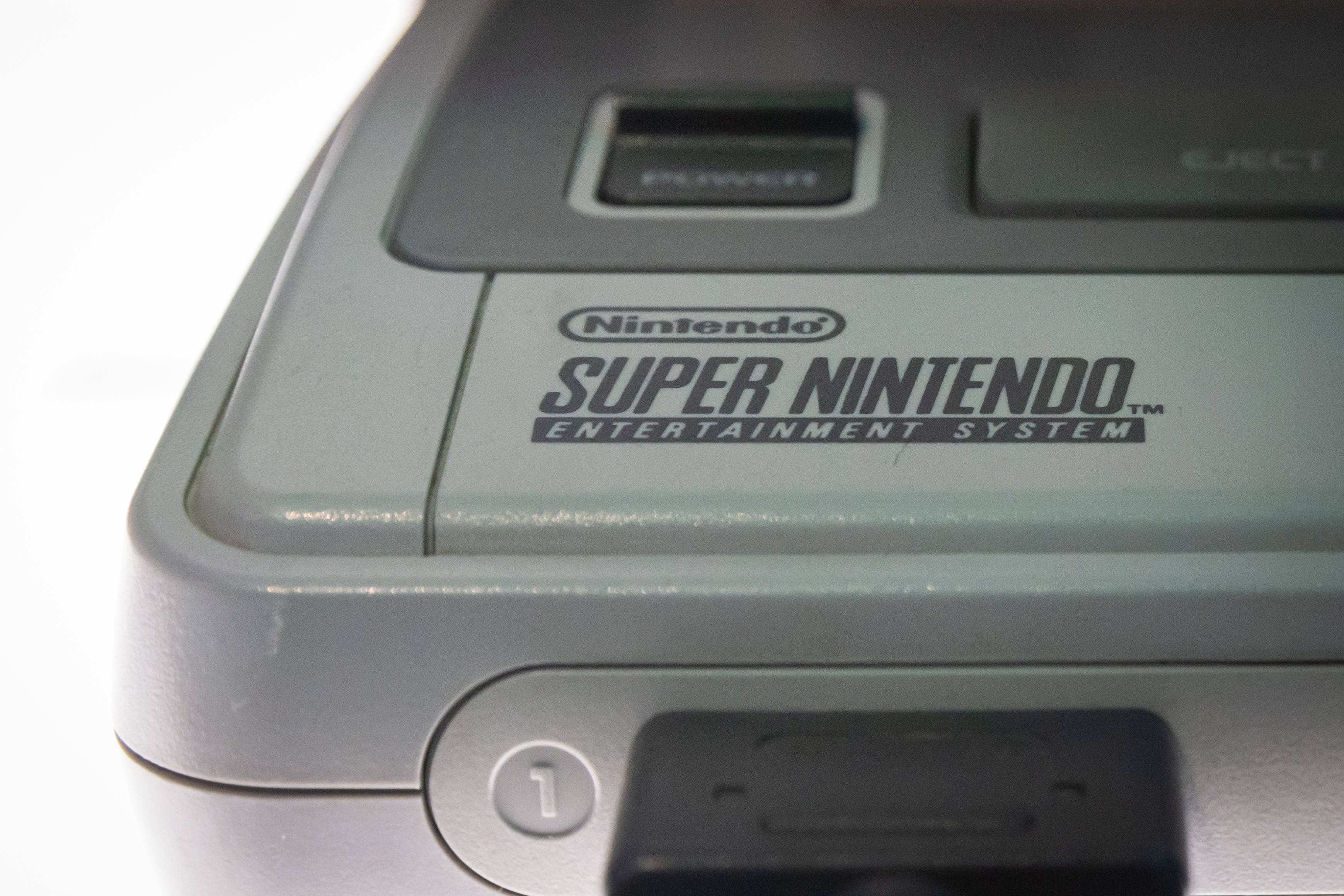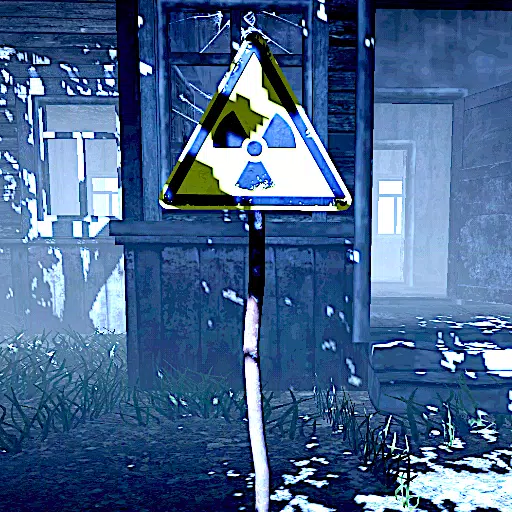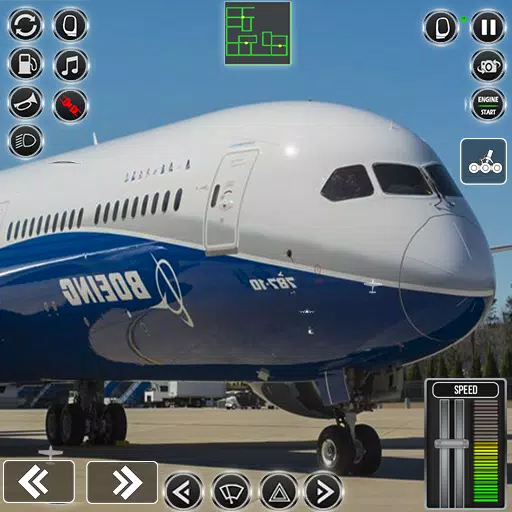"New Discovery Shocks Speedrunners: SNES Performance Increases with Age"
The speedrunning community is buzzing with excitement and curiosity over a fascinating phenomenon: the Super Nintendo Entertainment System (SNES) appears to be running games faster as it ages. This surprising development was first brought to light by Alan Cecil, a Bluesky user known as @tas.bot, who noticed that the iconic console from Nintendo is performing better now than when it was brand new in the 1990s. This theory suggests that the nearly 50 million SNES units sold worldwide could now be delivering enhanced performance in games like Super Mario World, Super Metroid, and Star Fox, seemingly defying the typical wear and tear expected over time.
The notion that a video game console—or any technology—could improve its efficiency with age might sound far-fetched, yet Cecil's research points to a specific component that might be behind this unique trait: the SNES's audio processing unit (APU), the SPC700. According to official Nintendo specifications, the SPC700's digital signal processing (DSP) operates at a rate of 32,000Hz, controlled by a ceramic resonator running at 24.576MHz. However, enthusiasts have long noted that these numbers don't always hold true, with variations influenced by factors such as temperature affecting the DSP rate and, consequently, the game speed.

Cecil's investigation took a deeper dive when he asked SNES owners to contribute data on their units' performance. The responses, numbering over 140, revealed a clear trend of increased DSP rates over time. While average DSP rates were recorded at 32,040Hz back in 2007, Cecil's recent findings show an uptick to 32,076Hz. Although environmental factors like temperature can influence these rates, they don't account for the significant changes observed. It appears that the SNES is indeed processing audio faster as time progresses.
In a follow-up Bluesky post, Cecil elaborated on the data, noting, "Based on 143 responses, the SNES DSP rate averages 32,076Hz, rising 8Hz from cold to warm. Warm DSP rates go from 31,965 to 32,182Hz, a 217Hz range. Therefore, temperature is less significant. Why? How does it affect games? We do not know. Yet."
Despite the intriguing findings, Cecil acknowledges that more research is necessary to fully understand how much faster the SNES is processing game audio and to pinpoint the exact cause. Historical data from the console's early years is scarce, but as the SNES approaches its 35th anniversary, it seems to be aging gracefully.
This phenomenon has sparked significant interest within the speedrunning community, as a faster SPC700 could theoretically shorten load times and impact game performance. However, the implications for speedrunning are complex. Even the most significant changes in APU speed might only reduce a speedrun's time by less than a second. The effect on different games and longer speedruns remains uncertain and is still under investigation.
As Cecil continues to explore the inner workings of the SNES, the console is defying expectations and performing better than ever. For those intrigued by the SNES's legacy, you can find its place on the list of best-selling consoles of all time.
Latest Articles












![Roblox Forsaken Characters Tier List [UPDATED] (2025)](https://images.dyk8.com/uploads/18/17380116246797f3e8a8a39.jpg)


















